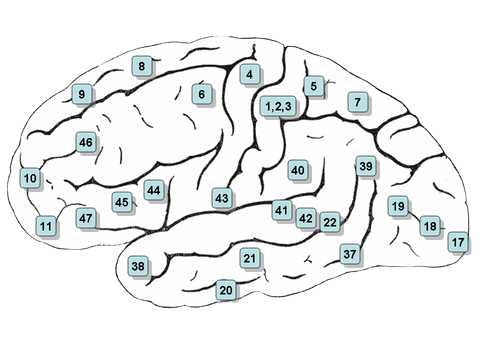Research

Clinical neuropsychology primarily involves the assessment of neurocognitive impairment following naturally occurring brain injuries like Alzheimer disease, stroke, seizure disorder, anoxia, and traumatic brain injury. This involves administration of a battery of pencil and paper tests that cover all subcategories of neurocognition: delayed memory, language, visual-perceptual, somatosensation/motor, and executive functions.
CN956 research is derived from, and informs, clinical practice. Multiple research designs have been used including: single case studies; meta-analytical literature reviews; correlation/ regression within-group statistical analyses; and data mining of existent national data sets.
Due to its location, CN956 is heavily invested in the neuropsychological assessment of U.S. racial/ethnic minorities. CN956 research on this topic is guided by the principle that U.S. racial/ethnic categories are census defined sociopolitical units (typically operationalized by self-report) that are not scientifically distinct. As such, race/ethnicity is not viewed as a demographic variable useful to clinical neuropsychological research and practice. We do not use race-norms or cross racial/ethnic comparisons, as the latter are uninterpretable as to causation. Instead, the racial/ethnic variable is replaced by measurable sociocultural dimensions that differ across racial/ethnic groupings with known effects on neuropsychological test scores (Gasquoine, 1999; Ontiveros & Gasquoine, in press). Research has identified only a few such sociocultural dimensions, namely quality of education, acculturation, English language fluency, and bilingualism to date.